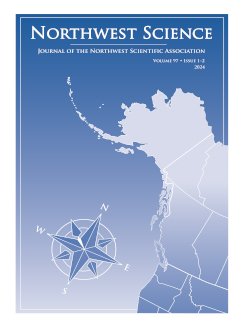Coseismic subsidence is a major contributor to the scarcity of evidence in the archaeological record of prehistoric earthquakes along coasts of the Cascadia subduction zone. The stratigraphy of suddenly subsided tidal wetlands, in places overlain by tsunami-deposited sand, records a long history of great (magnitude 8–9) earthquakes over the last 3,000–7,000 years. The most recent of these great earthquakes and its accompanying high tsunami occurred on January 26, 1700. Here we synthesize geologic and archaeological investigations in the Salmon River estuary on the central Oregon coast. Following coastal subsidence of 1.4 ± 0.4 m during the AD 1700 earthquake, the site of a prehistoric settlement was submerged and covered by tsunami sand and tidal mud, creating an archaeological “wet site” subject to erosion in the tidal zone. Excavations in the last remnants of the eroding cultural deposits recovered evidence of a Tillamook Indian hunting camp occupied within a few hundred years before the AD 1700 earthquake. The Salmon River Wet Site, and similar submerged archaeological deposits in other estuaries, constitute rapidly disappearing evidence of coseismic subsidence during the AD 1700 earthquake along the Cascadia subduction zone on the north Pacific coast.
How to translate text using browser tools
18 June 2024
Geoarchaeological Record of the AD 1700 Cascadia Subduction Zone Earthquake and Tsunami at the Salmon River Wet Site, Central Oregon Coast
Rick Minor,
Alan R. Nelson
ACCESS THE FULL ARTICLE

Northwest Science
Vol. 97 • No. 1-2
February 2024
Vol. 97 • No. 1-2
February 2024
coseismic subsidence
Pacific Northwest archaeology
prehistoric earthquakes and tsunamis




